Shorouk Express
On The Ground newsletter: Get a weekly dispatch from our international correspondents
Get a weekly dispatch from our international correspondents
Get a weekly international news dispatch
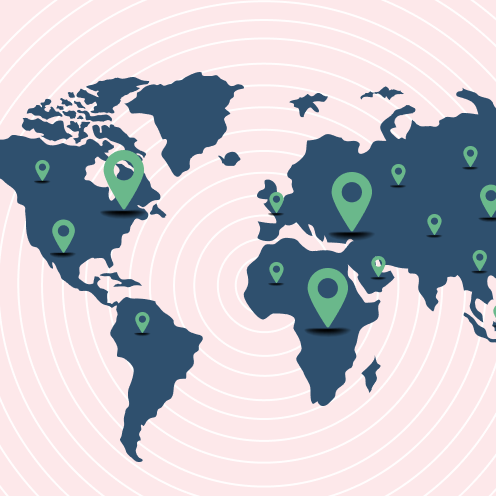
Sudan is facing a deepening humanitarian crisis two years into a brutal civil war, marked by escalating atrocities and widespread famine.
The conflict, described by the UN as the world’s worst humanitarian emergency, has reached a critical juncture following a recent shift in the fighting.
In March, the Sudanese military regained control of the capital, Khartoum, from the paramilitary Rapid Support Forces (RSF). This victory, however, has not brought peace but instead pushed the conflict into a dangerous new phase, raising fears of a potential division of the country.
Over the weekend, the violence intensified as RSF fighters and allied militias attacked two refugee camps in the Darfur region, leaving at least 300 dead.
The besieged Zamzam and Abu Shouk camps, home to around 700,000 displaced Sudanese, are now grappling with famine conditions, further exacerbated by the ongoing fighting that prevents aid workers from reaching those in desperate need.
The humanitarian situation is dire, with half of Sudan’s population of 50 million facing hunger. The World Food Program has confirmed famine in 10 locations and warned of its potential spread, putting millions at risk of starvation.
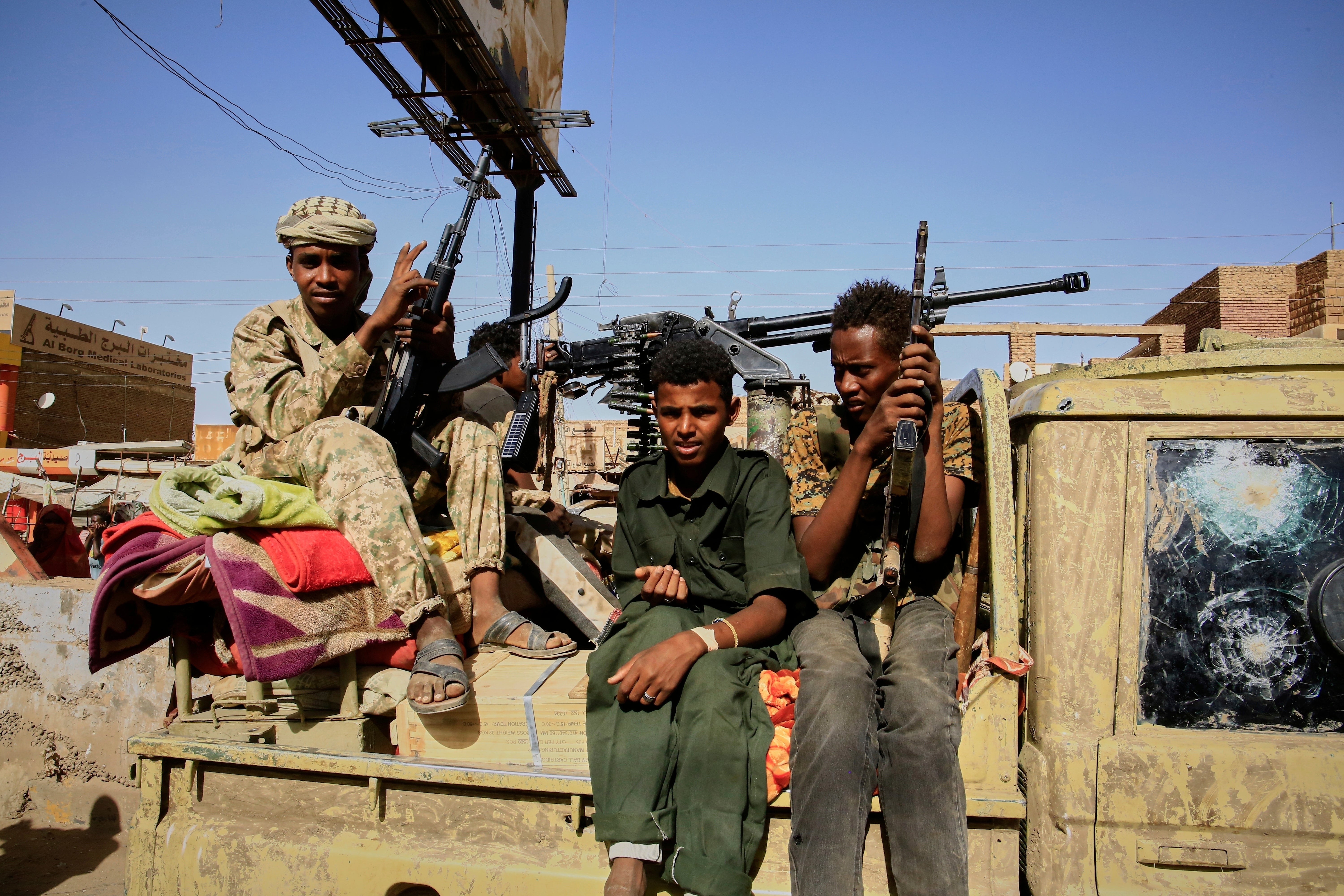
open image in gallery
Kashif Shafique, country director for Relief International Sudan, the last aid organisation operating in the Zamzam camp, stressed the urgency of the situation.
“This abominable conflict has continued for two years too long,” he said, following the deaths of nine of his colleagues in the RSF attack.
Mr Shafique called for international pressure to secure a ceasefire, emphasizing the critical need for immediate action.
“Every moment we wait, more lives hang in the balance,”he warned.
“Humanity must prevail.”
Here is what is happening as the war marks its second anniversary on Tuesday.
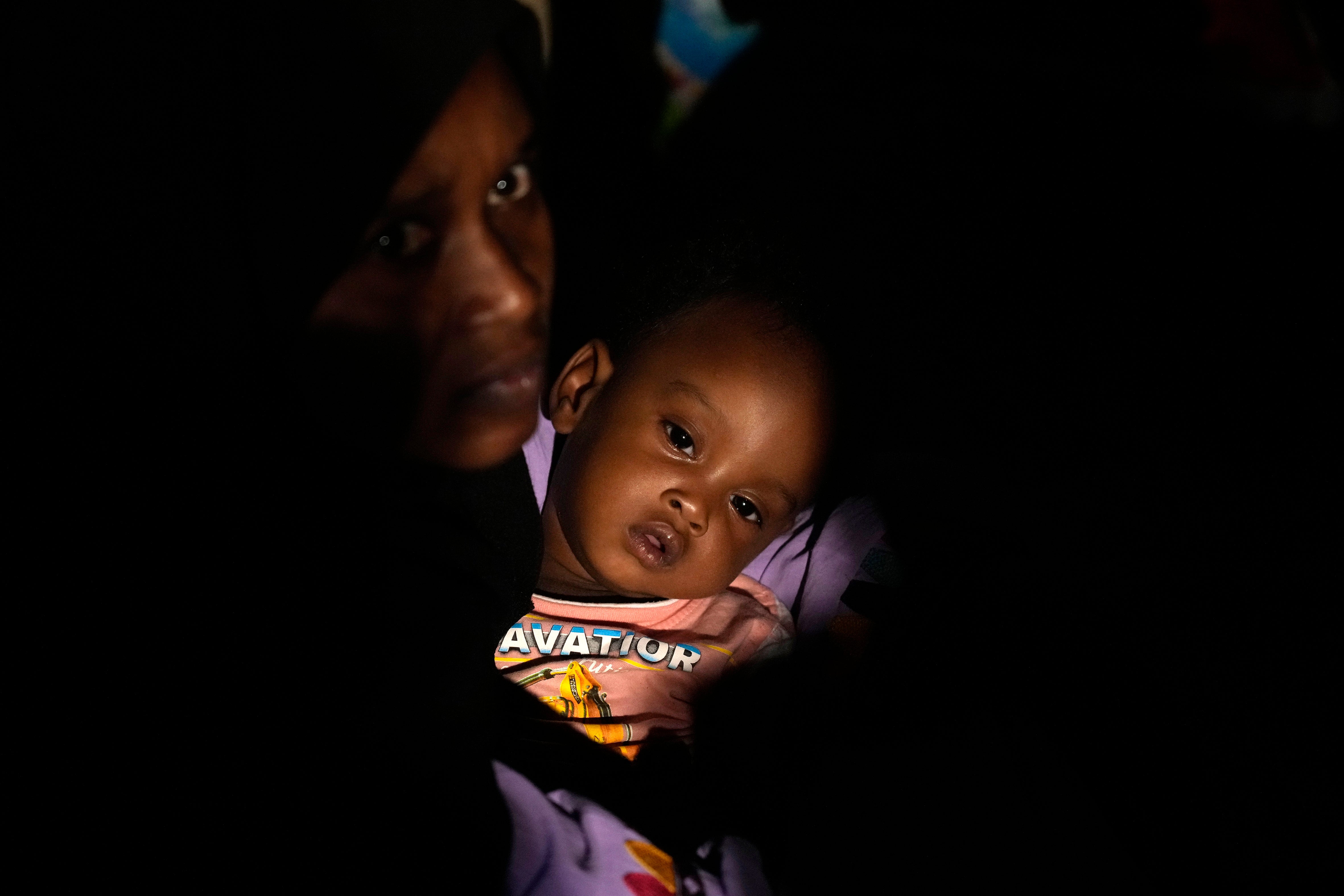
open image in gallery
Carving up Sudan
The war erupted on April 15, 2023, with pitched battles between the military and the RSF in the streets of Khartoum that quickly spread to other parts of the country.
It was the culmination of months of tension between the head of the military, Gen. Abdel-Fattah Burhan, and the RSF’s commander, Mohammed Hamdan Dagalo. The two were once allies in suppressing Sudan’s movement for democracy and civilian rule but turned on each other in a struggle for power.
The fighting has been brutal. Large parts of Khartoum have been wrecked. Nearly 13 million people have fled their homes, 4 million of them streaming into neighboring countries. At least 20,000 people have been recorded killed, but the true toll is probably far higher.
Both sides have been accused of atrocities, and the RSF fighters have been notorious for attacking villages in Darfur, carrying out mass killings of civilians and rapes of women.
The military’s recapture of Khartoum in late March was a major symbolic victory. It allowed Mr Burhan to return to the capital for the first time since the war started and declare a new government, boosting his standing.
But experts say the RSF consolidated its hold on the areas it still controls — a vast stretch of western and southern Sudan, including the Darfur and Kordofan regions. The military holds much of the north, east and centre.
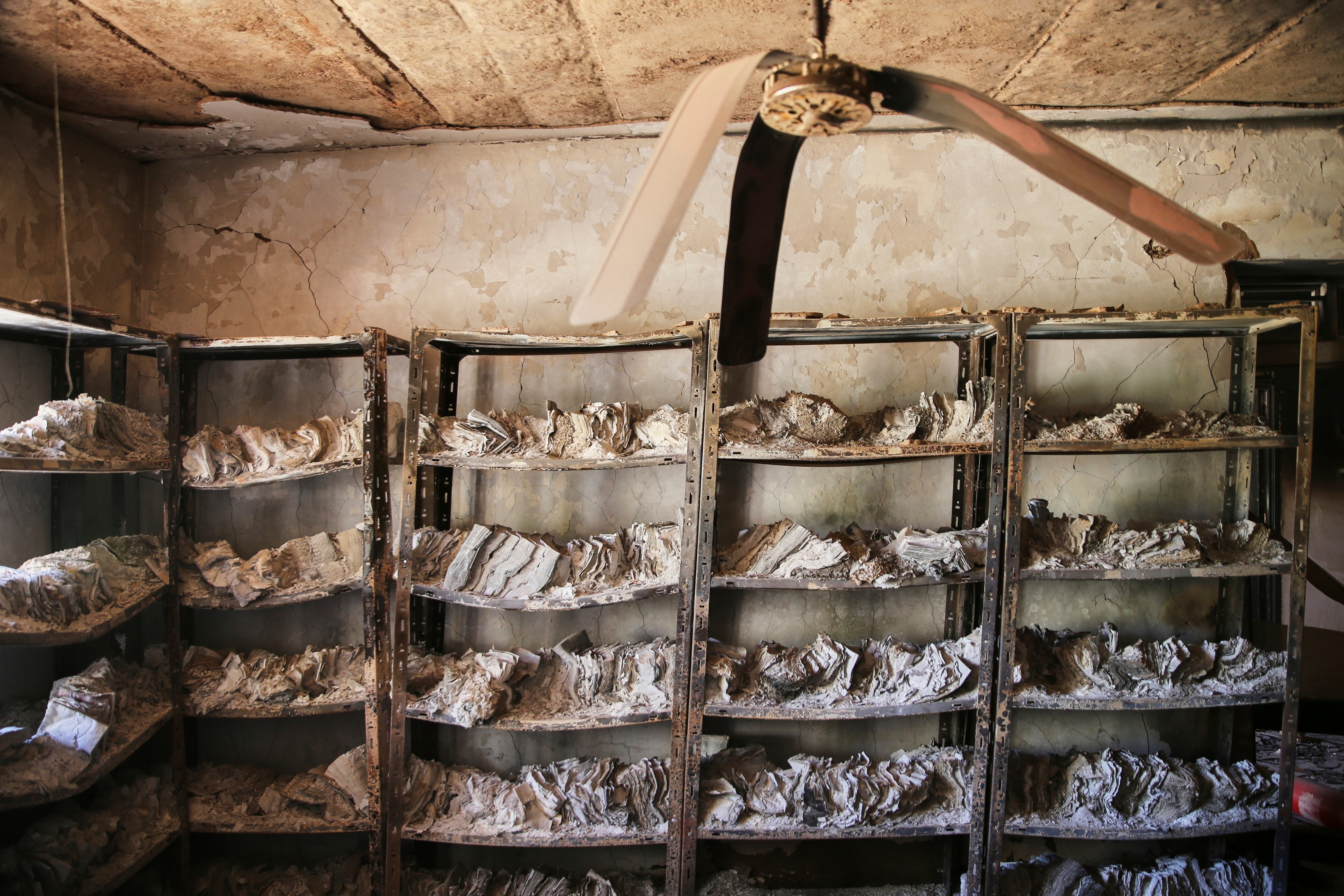
open image in gallery
“The reality on the ground already resembles a de facto partition,” said Federico Donelli, an assistant professor of international relations at Università di Trieste in Italy.
Mr Donelli said it’s possible the two sides could seek a ceasefire now. But more likely, he said, the military will keep trying to move on RSF-held territory.
Neither side appears able to defeat the other.
“Both parties are suffering from combat fatigue,” said Suliman Baldo, director of the Sudan Transparency and Policy Tracker.
The RSF is weakened by internal fissures and “lacks political legitimacy within the country,” said Sharath Srinivasan, professor of international politics at Cambridge University.
But it has strong access to weapons and resources, bolstered by support from the United Arab Emirates, Chad, Uganda, Kenya, South Sudan and Ethiopia, he said.
“Without understanding the complex regional geopolitics of this war, it is easy to underplay the RSF’s resilience and ability to strike back,” said Mr Srinivasan, author of When Peace Kills Politics: International Intervention and Unending Wars in the Sudans.
Famine is deepening
Hundreds of thousands of people trapped by the fighting face hunger and starvation. So far, the epicentre of famine has been in the North Darfur province and particularly the Zamzam camp. The RSF has been besieging the camp as it wages an offensive on El Fasher, the regional capital and the last main position of the military in the Darfur region.
Amna Suliman, a mother of four living in the camp, said people have resorted to eating grass and tree leaves.
“We have no choice,” she said in a recent phone interview. “We live in fear, with no communication, no food, and no hope.”
Since famine was first declared in Zamzam in August, it has spread to other parts of the province and nearby South Kordofan province.
The WFP warned this week that 17 other locations will also soon fall into famine – including other parts of the Darfur region but also places in central and south Sudan – because aid workers cannot reach them.
“The situation is very dire,” said Adam Yao, deputy representative of the UN Food and Agricultural Agency in Sudan.
Already, at least 25 million people, more than half of the country’s population, face acute hunger, including 638,000 who face catastrophic hunger, the most dire rating used by aid agencies, according to the WFP. Some 3.6 million children are acutely malnourished.
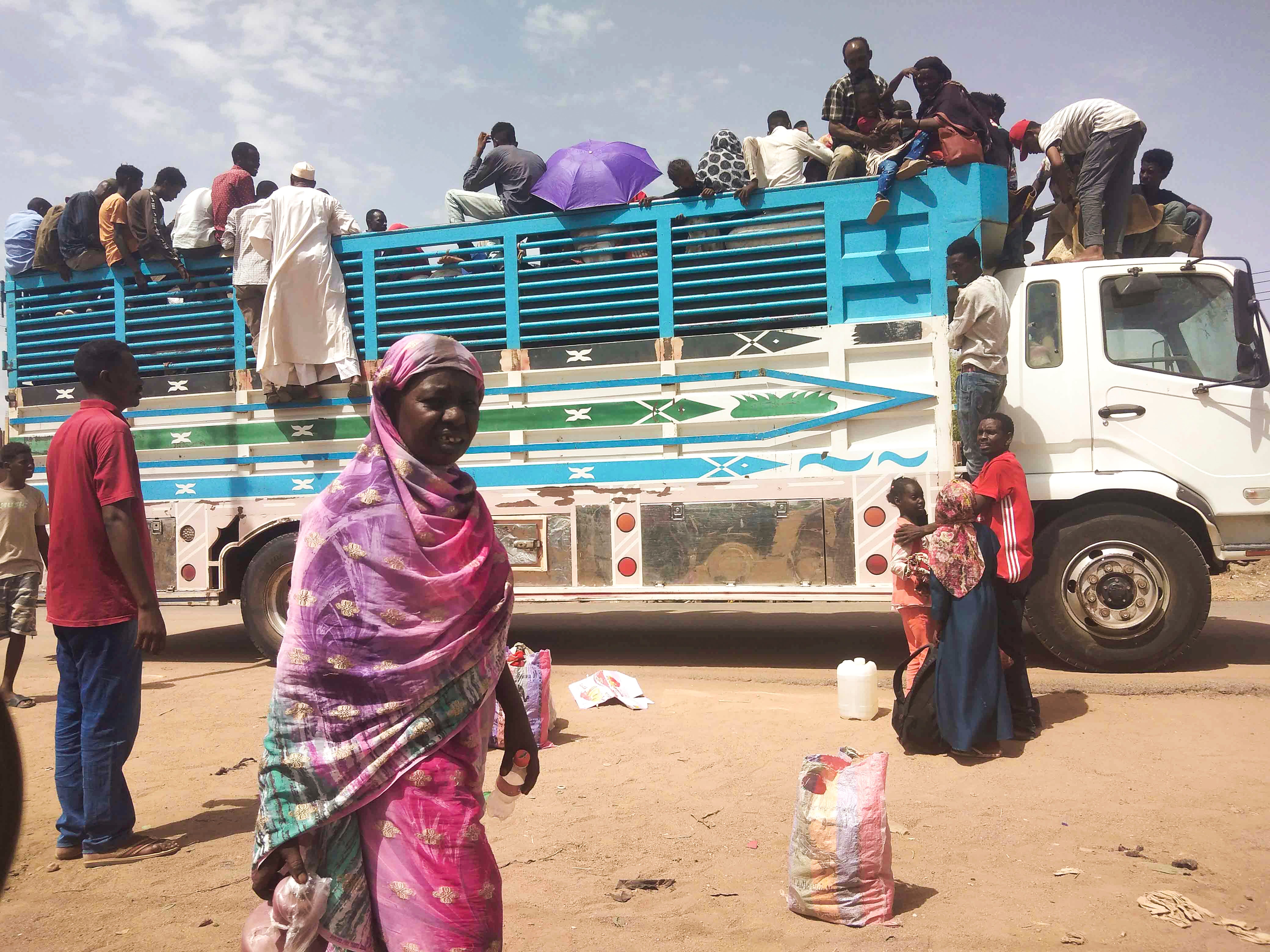
open image in gallery
The needs everywhere are huge
In other areas, the military’s capture of territory allowed aid groups to reach refugees and displaced people who have been largely cut off from aid for two years.
Sudan has been hit by multiple outbreaks of cholera, malaria and dengue in the past two years. The latest cholera outbreak in March killed about 100 people and sickened over 2,700 others in the White Nile province, according to the Health Ministry.
The economy has been decimated, with a 40 per cent drop in GDP, according to the United Nations’ Development Program, UNDP. Full-time employment has been halved and almost 20 per cent of urban households reported that they have no income at all, it said.
At the same time, UN agencies and aid groups have faced funding cuts from major donors, including the United States. Only 6.3 per cent of the $4.2 billion required for humanitarian assistance in Sudan this year has been received as of March, said Clementine Nkweta-Salami, the U.N. humanitarian coordinator in Sudan.
“The reductions come at a time when the needs in Sudan have never been greater, with more than half of the population hungry and famine spreading,” she said.
About 400,000 people managed to return to their hometowns in areas retaken by the military around Khartoum and nearby Gezira province, according to the UN migration agency.
Many found their homes destroyed and looted. They depend largely on local charities for food.
Abdel-Raham Tajel-Ser, a father of three children, returned in February to his neighborhood in Khartoum’s sister city of Omdurman after 22 months of displacement.
The 46-year-old civil servant said he found his house, which had been occupied by the RSF, severely damaged and looted.
“It was a dream,” he said of his return, adding that his life in the largely destroyed neighborhood with almost no electricity or communications is “much better than living as a refugee or a displaced person”.






















